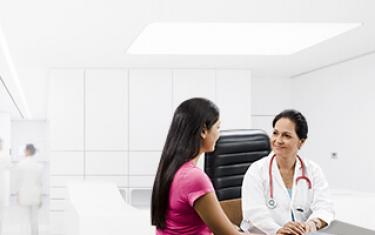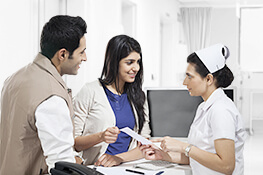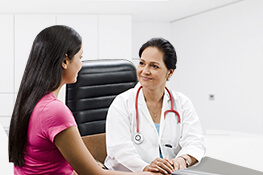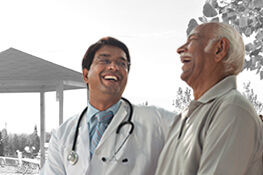Cholecystitis (Gallstones) Overview
Cholecystitis is the inflammation of the gallbladder. The gallbladder is a small, pear-shaped organ on the right side of the abdomen, below the liver. It plays a part in digesting food. The gallbladder contains a digestive fluid (bile juice) that is released into the small intestine. Bile juice mainly contains cholesterol, water, bile salts and a bile pigment called bilirubin. When the concentration of these contents changes in bile juice, gallstones start forming. Gallstones are of two basic types: (1) cholesterol gallstones, which are made up of cholesterol — these are the most common type; and (2) pigment stones, which are made up of bile pigment. Normally, bile juice passes out of the gallbladder on its way to the small intestine. If the flow of bile juice is blocked, it builds up inside the gallbladder, causing swelling, pain and a possible infection. A gallstone stuck in the bile duct, a tube that carries bile juice from the gallbladder, is most often the cause of sudden (acute) cholecystitis. The gallstone blocks fluid from passing out of the gallbladder. This results in an irritated and swollen gallbladder. Long-term (chronic) cholecystitis is another form of cholecystitis. It occurs when the gallbladder remains swollen over time, causing walls of the gallbladder to become thick and hard. Many patients having gallstones may not have any complaint. However, some may experience pain in the upper abdomen radiating to the back. The pain may last from two to six hours.
Incidence of Gallstones
- The incidence of acute cholecystitis is 0.12%.
- The condition is three times more common in women than in men up to the age of 50 years.
- Most patients with gallstones do not develop symptoms. About 1 to 2% asymptomatic gallstones become symptomatic each year.
- Acute cholecystitis is the most frequent complication of gallstones and occurs in 10% symptomatic patients.
- Acute cholecystitis without gallstone accounts for 5% to 14% cases of acute cholecystitis.
Gallstone Symptoms
One of the most common symptoms of acute cholecystitis is abdominal pain. To know more about associated symptoms.
Causes of Gallstones
Gallstones, ageing, pregnancy or too much weight are some causes of cholecystitis. To know more about causes.
Why Choose Homeopathic Gallbladder Stones Treatment?
Homeopathic medicines help reduce the pain associated with gallstones. They also help reduce inflammation of the gallbladder. To know more about the benefits of homeopathic medicines.






